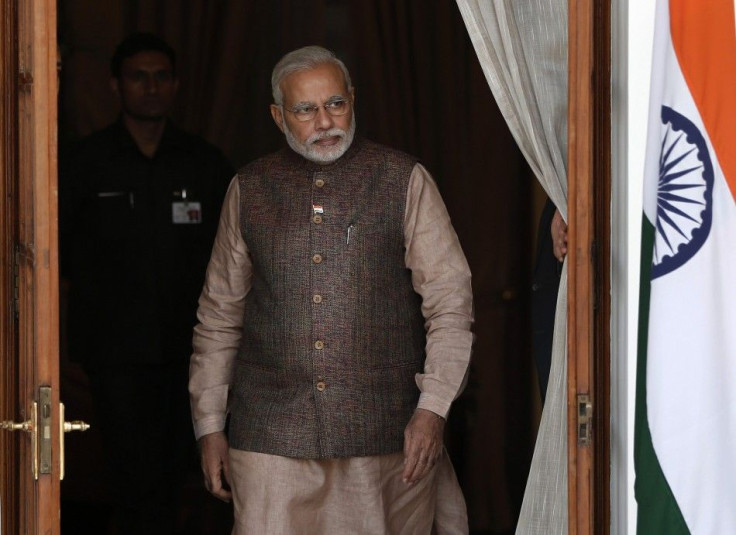India's Mangalyaan Successfully Enters Mars; Creates Space History [Watch Video]

India's Mangalyaan spacecraft became the first Asian one to reach the Red Planet. The unmanned spacecraft entered its orbit on Sept 24, becoming the first nation all around the world to achieve this feat in just one attempt. This has secured India's place in the global space club of Martian explorers.
The event was broadcast on television and the scientists in Bangalore, India, celebrated by clapping and hugging each other during the final leg of the spacecraft. It was also shown live on Facebook and Twitter and is being touted as the "national pride event" of India, reported the Washington Post. It has been generating lots of views on YouTube within the short time that it was published.
Narendra Modi witnessed the Mission Orbiter Mars (MOM). He was dressed in a symbolic red vest. He said that Mars had found MOM and that when Mission Orbiter Mars started being called MOM, he was convinced that Mom never disappoints.
The cost of the mission was a fraction of NASA's $670 million MAVEN. Another experiment of NASA, through the Curiosity Rover, cost then almost $2 billion.
Of all the missions to Mars, India's MOM was the cheapest at $72 million. Modi commented that India's mission cost less than the cost of making the Hollywood movie Gravity. He added that they had dared to reach out the unknown and achieve the almost impossible.
The assistant director of B.M. Birla Planetarium said that India worked in such a way that it used low-cost, high technology. He added that their goal was to reach Mars and take a few pictures and get scientific data. Their future missions would include heavier payload with larger goals. The first set of pictures will be sent by the afternoon of Sept 24.
The Mangalyaan spacecraft will study the surface of Mars and scan the atmosphere for methane but will not land on Mars. It travelled 414 million miles in a period of about 10 months to reach the orbit, reported Reuters. It was launched on Nov 5, 2013 from Sriharikota, around 80 kilometres northeast of Chennai.
Video Source: YouTube/ DD News




















